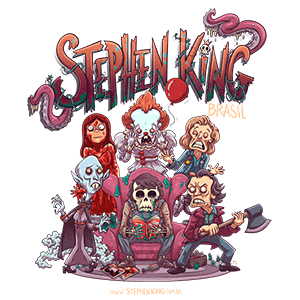Director’s visionary statement by Hakan Gunnarson

I first read Harvey’s Dream as Stephen King’s short story in 2009 and realized I didn’t like. I set aside my copy of Just After Sunset but a strange thing happened; of the 13 short stories I never forgot Harvey’s Dream. It resonated with me over the course of a year. I found the way the story was told to be unique. All the tension and suspense where built from a broken man tell his estranged wife of a dream he had the night before. The wife became more and more upset as the husband went on. The only problem I found with the story is it ended at the end of the dream. Upon re-reading it I felt that King had set up an intro to something greater. It’s all too common for North Americans’ to live lies in broken marriages and in some rare cases people have been known to go to the extreme to maintain the lie and protect that image. Audiences would be likely to relate.
I approached the project strictly as a genre piece. I found using a dream to motivate a character to go the extreme to be fascinating.
The material gave an opportunity to tell a story that opens up as a mundane, suburban drama and transition that opening into a thriller. To achieve this we used Paul Schrader’s Affliction as reference material for the drama aspect and Niels Arden Oplev’s The Girl with the Dragon Tattoo and Roman Polanski’s shooting style as reference for the thriller aspect. In the opening the scenes are silent and mostly static. We built these mundane little moments that helped us observe the husband and wife. Then the transition happens and all hell breaks loose. We switched to handheld camera moves as the characters start to break. The editing becomes quicker paced. The score ramps up.
A key element from the short story was Kings Use of shadows in reference to death. He flirts with the idea that when someone close to you dies, it becomes apparent in your shadow. In the short story when the daughter dies the shadow becomes thick. In prep myself and Brett the D.O.P sat down and talk about using shadows as a foreboding to death. Much like Scorsese used “X’s” as a foreboding to death in The Departed. We also talked about incorporating the home as perfidious environment. We designed shots using Polanski’s shooting style, paying homage to Rosemary’s Baby in a scene where we set the camera up looking up a hallway with half the frame cut off. It gives the illusion that the husband and wife are always watching each other. We shot the second half of the film with our characters becoming less obedient to one another. It was a picture of how the effects of living a lie can emotionally and physically harmful.
– Hakan Gunnarson, February 2011
















